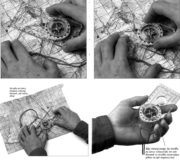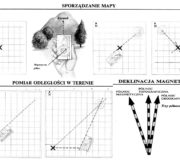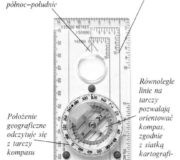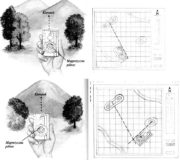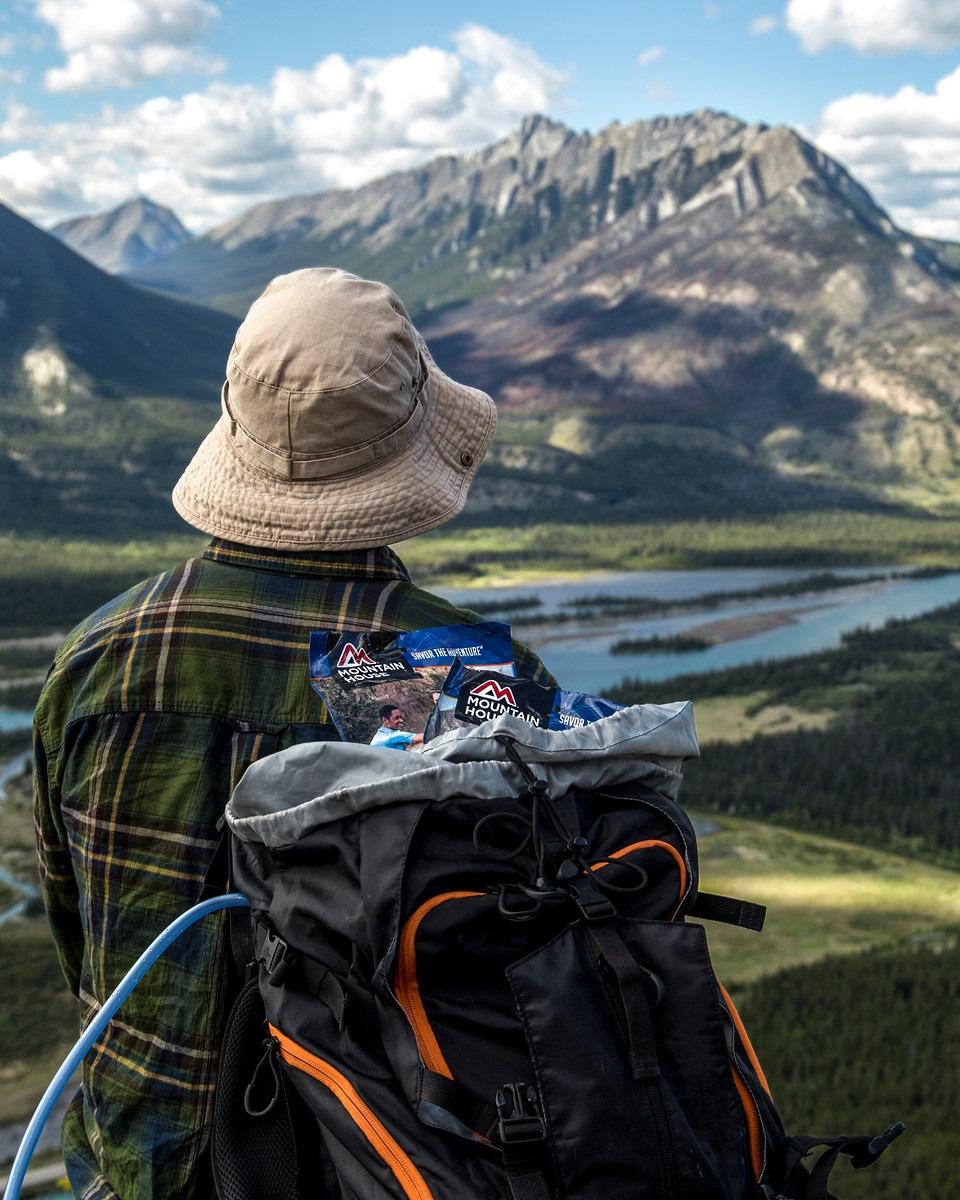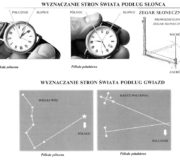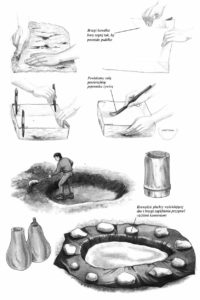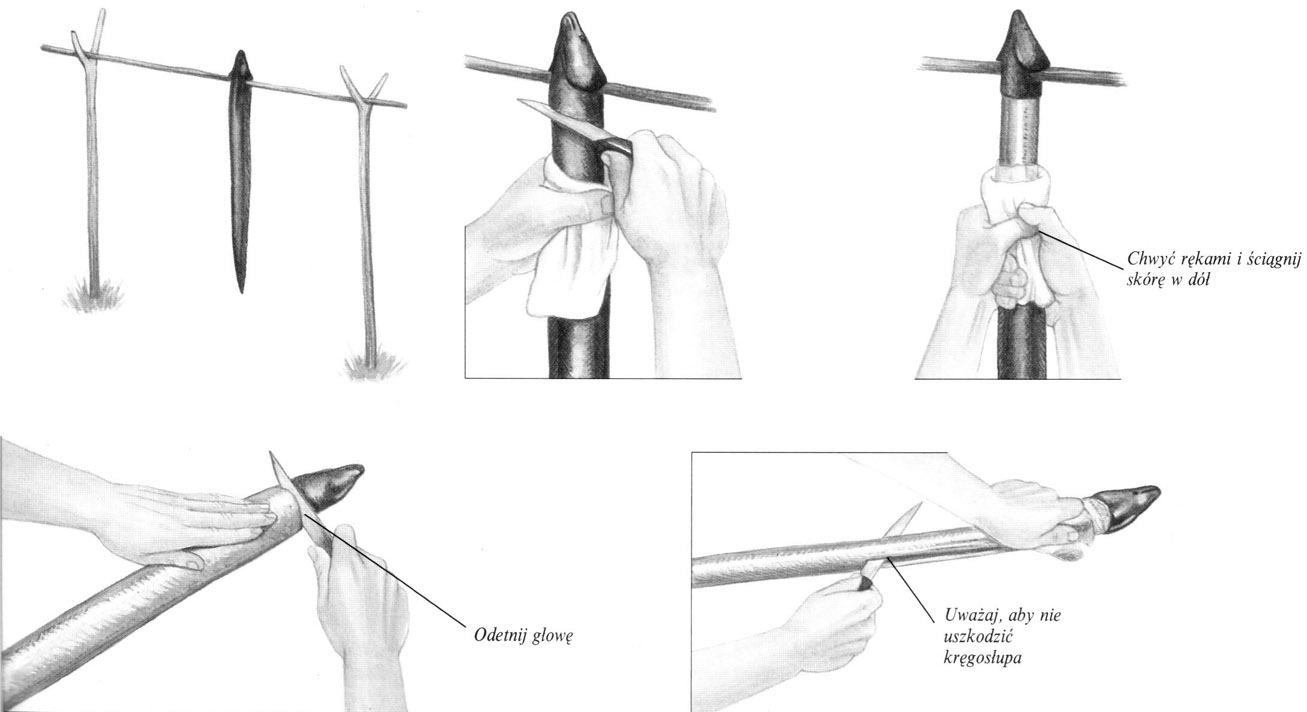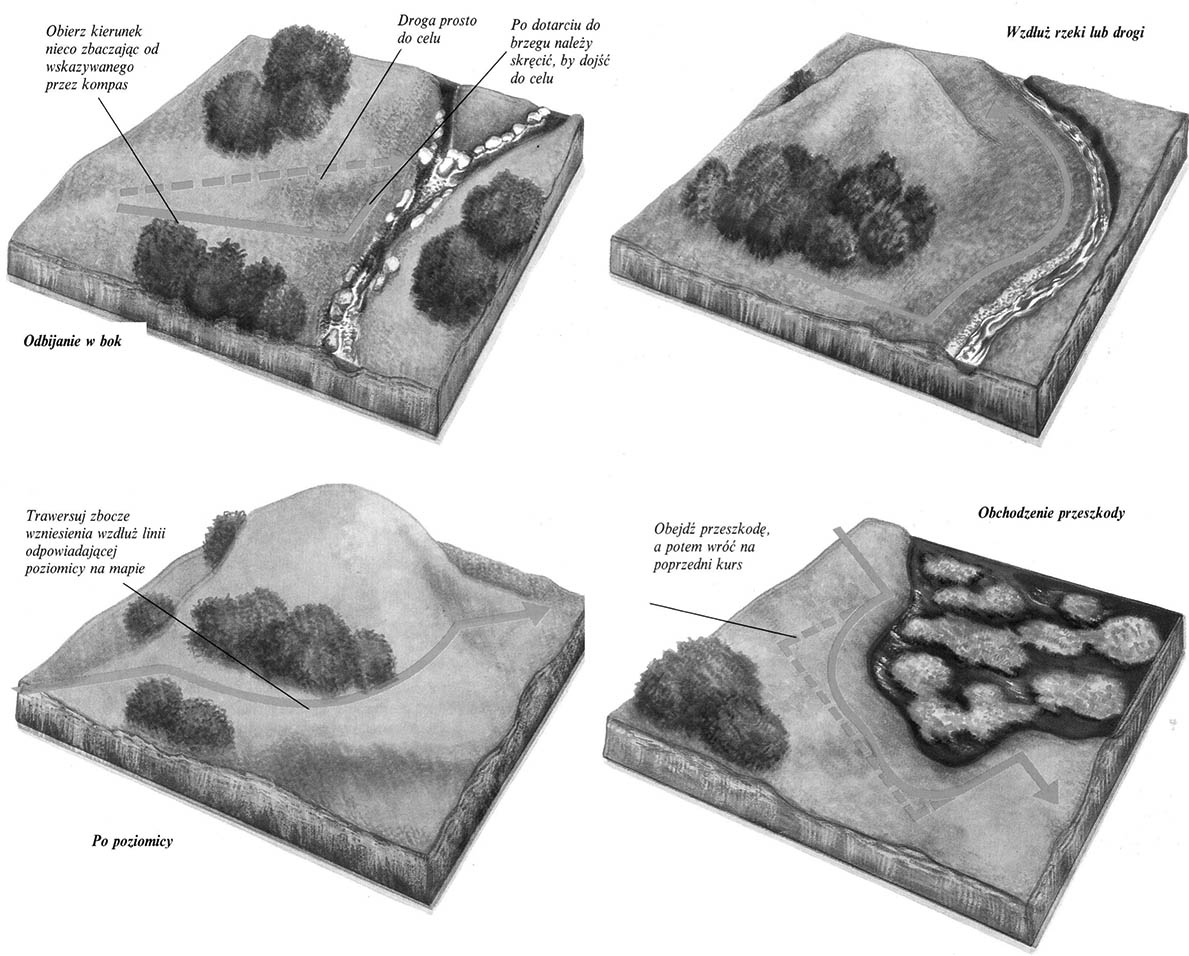 Na lądzie nie zawsze upewnić się można lub należy poruszać się stale w prostej linii zgodnie z azymutem wskazywanym przez kompas. Poniżej przedstawiono kilka przykładów pokazujących jak omijać przeszkody w terenie, a jednocześnie nie stracić orientacji, korzystając z kompasu. Pozwalają one uniknąć niepotrzebnego nadkładania drogi czy też zabłądzenia. Zawsze trzeba pilnować azymutu, nawet jeśli wyznaczany przez niego kierunek ma w danym momencie tylko znaczenie pomocnicze.
Na lądzie nie zawsze upewnić się można lub należy poruszać się stale w prostej linii zgodnie z azymutem wskazywanym przez kompas. Poniżej przedstawiono kilka przykładów pokazujących jak omijać przeszkody w terenie, a jednocześnie nie stracić orientacji, korzystając z kompasu. Pozwalają one uniknąć niepotrzebnego nadkładania drogi czy też zabłądzenia. Zawsze trzeba pilnować azymutu, nawet jeśli wyznaczany przez niego kierunek ma w danym momencie tylko znaczenie pomocnicze.
Odbijanie w bok
Kompas wytycza kierunek za pomocą azymutu z dokładnością około 10-20 stopni.Po przebyciu jednego kilometra możesz na przykład minąć rozwidlenie rzeki, jak na planie powyżej o 300 metrów w jedną lub drugą stronę. Gorzej gdy znajdując się nad brzegiem, nie będziesz wiedział, w którą stronę iść, by dotrzeć do rozwidlenia. Chcąc tego uniknąć można nieco zboczyć od pokazywanego przez kompas kierunku. Pozwoli to, po dojściu do brzegu rzeki, zorientować się, w którą stronę skręcić, by dotrzeć do rozwidlenia.
Wzdłuż rzeki lub drogi
Jeśli dalszą drogę przesiania jakaś przeszkoda, można iść wzdłuż brzegu rzeki, wzgórza bądź drogi, która doprowadzi nas do celu. Najpierw trzeba wyznaczyć azymut na element w terenie, wzdłuż którego zamierzamy się poruszać. W tym przykładzie jest to brzeg rzeki. Wzgórze leży około 250° od najbliższego punktu na brzegu. Potem należy iść wzdłuż rzeki obchodząc wzgórze, aż do chwili gdy ukaże się ono pod kątem 250°. Wówczas należy skręcić w lewo, obierając ten azymut.
Po poziomicy
Przemieszczając się po tej samej wysokości, idziemy po linii odpowiadającej poziomicy na mapie. To niezwykle skuteczna metoda określania kierunku w terenie, zwłaszcza w dżungli, gdzie łatwiej stracić orientację idąc na azymut niż ,,po poziomicy”. Ten sposób marszu pozwala także zaoszczędzić siły, gdyż niepotrzebnie nie traci się wysokości.
Obchodzenie przeszkody
Granice niektórych większych przeszkód, takich jak trzęsawiska, nie zawsze są dokładnie wykreślone na mapie. Przy obchodzeniu ich należy stale trzymać obrany azymut, a przy odbijaniu w bok w czasie omijania przeszkody mierzyć odległość. Po obraniu z powrotem właściwego kierunku będzie wiadomo jak długo iść, żeby wrócić na poprzedni kurs.
OBLICZANIE PRZEBYTEJ DROGI
Poruszając się pieszo możesz albo liczyć kroki, albo posłużyć się zegarkiem. Długość kroków różni się, zależnie od ukształtowania terenu i tempa marszu. Mierząc czas łatwiej oszacować przebytą drogę. Zatrzymaj się po pierwszych 10 minutach, żeby obliczyć z mapy drogę, jaką przebyłeś. W ten sposób poznasz swoje tempo marszu. Możesz później zatrzymywać się co godzinę, dla skorygowania kursu według mapy i sprawdzenia bagażu. Z czasem nauczysz się wyznaczać swoją średnią prędkość marszu z wielką dokładnością. Dobry piechur przechodzi z obciążeniem i w trudnym terenie średnio 4 km na godzinę, idąc dość szybko.
